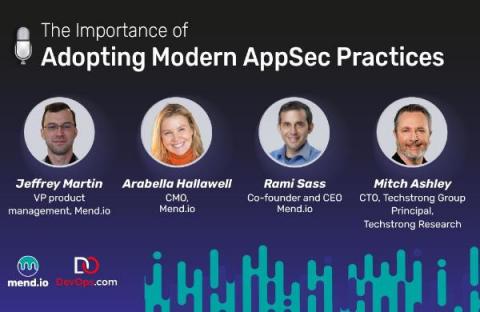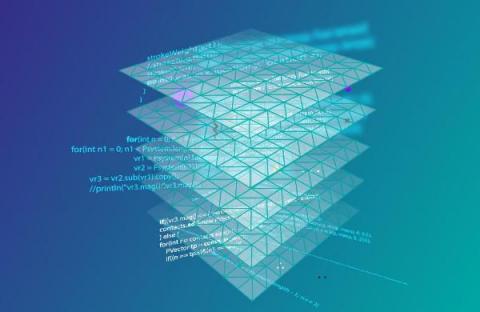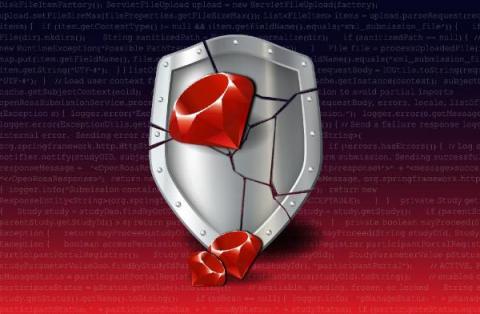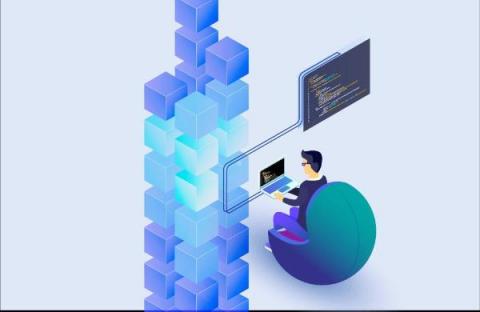Security | Threat Detection | Cyberattacks | DevSecOps | Compliance
Mend
Mend.io
The Importance of Adopting Modern AppSec Practices
Security is an increasingly critical aspect of application development. As the volume of applications rapidly expands, so does the volume of source code, components, and dependencies used to create them. With them comes a growth in the potential attack surface and an escalation in the variety of threats to your application security.
Mend.io Announces Integration of Crowdsourced Renovate Data to Reduce Open Source Attack Surface Risk Up to 80 Percent
What's Driving the Adoption of SBOMs? What's Next for Them?
As the software bill of materials (SBOM) becomes ubiquitous for compliance and security purposes, what has previously been a nice-to-have option is fast becoming indispensable. If you want to do business with significant partners, such as public and federal organizations, and if you want to grow your business by floating your company or engaging in M&A activity, then you’re going to need SBOMs. This demand is driven by two key trends, one technical and the other legislative.
The Unseen Risks of Open Source Dependencies: The Case of an Abandoned Name
One often-overlooked risk in the bustling ecosystem of open-source software are vulnerabilities introduced through software dependencies. We mention this because today, a malicious actor took over a RubyGems package name with more than two million downloads. Mend.io technology detected the package before it could be used for an attack, but the case of ‘gemnasium-gitlab-service‘ serves as an important reminder of the risk of neglecting dependency management.
Mend.io + Jira Security: Doing DevSecOps Better Together
We hear a lot about the urgency of transition from DevOps to DevSecOps, and with good reason. The ongoing rise in cyberattacks across the software supply chain, coupled with a shifting regulatory landscape, highlights the growing urgency of improving application security. But it’s one thing to recognize the importance of integrating security into the software development process, and another thing to actually succeed at doing so.
Mend CLI - Container Image Scanning
Magic Quadrant for Application Security Testing, 2023 Gartner report
We’re proud to announce that Mend.io has been recognized as a Visionary in the 2023 Gartner Magic Quadrant for Application Security Testing (authors Mark Horvath, Dale Gardner, Manjunath Bhat, Angela Zhao, Ravisha Chugh); (May 17, 2023).
What You Should Know About Open Source License Compliance for M&A Activity
Companies are increasingly concerned about the security of applications built on open source components, especially when they’re involved in mergers and acquisitions. Just like copyright for works of art, each piece of open source software has a license that states legally binding conditions for its use.










